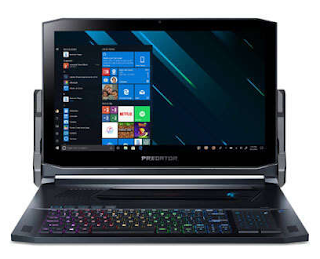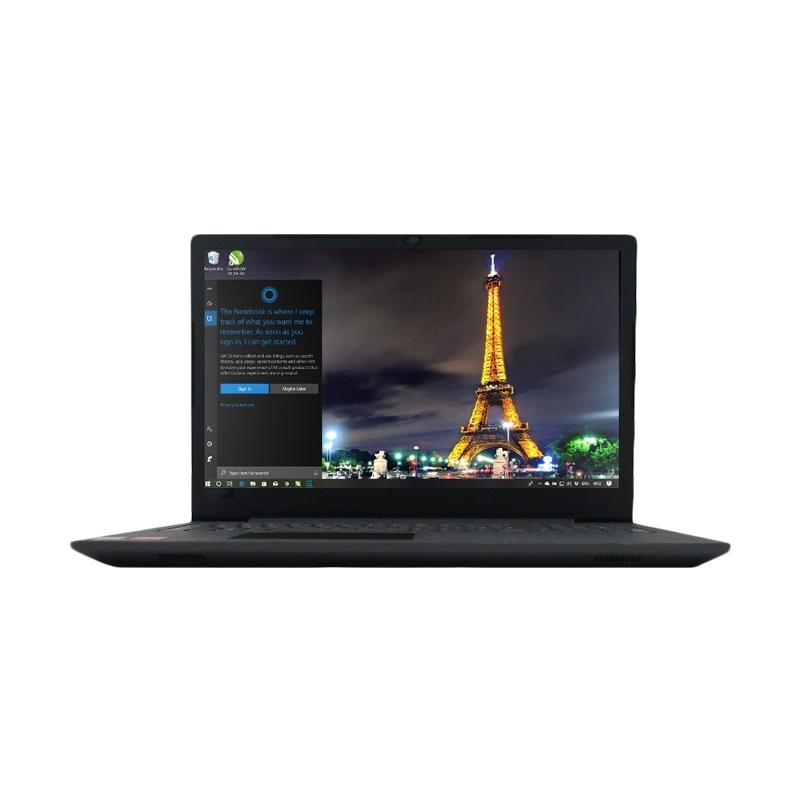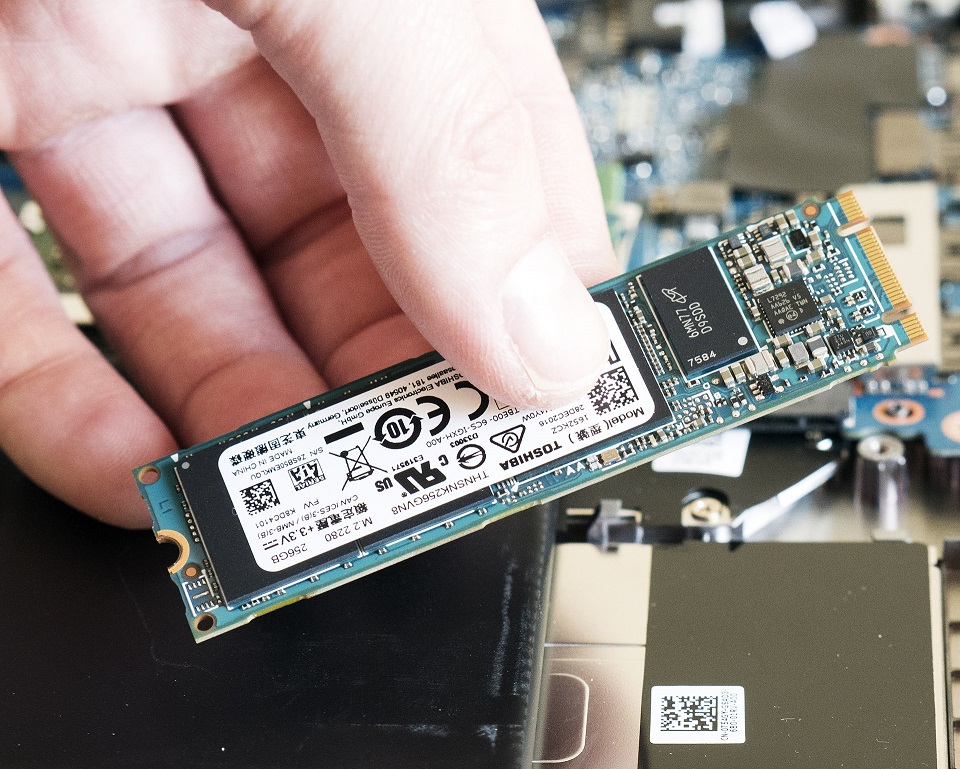Tipe Slot Ssd
SSDs are ubiquitous in modern computers, from powerful gaming PCs to professional laptops.
However, if you want to move from mechanical to solid state storage, there are a few things to take into account.

SSDs appear in a multiple form factors, from 2.5-inch SATA drives to RAM-like M.2 modules.
Also know that laptops with M.2 slots may have one or two that are either SATA or NVMe slots. To upgrade with new drives, you have to know what type of slots it has, as the these will determine which SSD drives will fit. For any laptop that was built within the last 20 years or so, the hard drive is likely to have a 2.5-in. Therefore, an SSD card of a particular type only fits in its specific slot. Forcing a wrong SSD in a wrong slot can damage the ports or drive or both. The new M.2 SSD cards cannot be used with a laptop older than 2 to 3 years. This is because M.2 SSD cards make use of a special type of port which are only present on the latest motherboard. SSD brands I trust:Crucial MX500 2.5' SSD: 860 EVO 2.5' SSD: 860 EVO M.2 SATA SSD: https://bit.ly. While there are SSDs that use the SATA, PCIe slot and M.2 that are AHCI and not NVMe, U.2 is a form factor that exclusively uses the NVMe protocol. The infographic below will help you understand how all of the different form factors and protocol are found in various types SSDs and what the differences are in performance.
All these devices use the same NAND flash storage technology, but differ in the way the memory is accessed and how they connect.
Before buying an SSD, here’s an overview of what is on offer.
Tipe Slot Ssdi
Specifications
The durability and capabilities of an SSD are detailed in its specifications, as shown below.
Type Slots

- Storage (GB/TB): Total capacity.
- Form Factor: The shape and size.
- Interface: The transfer protocol.
- Sequential Read/Write (MB/s): The speed the drive reads and writes data.
- Random Read/Write (IOPS): The average number of I/O operations per second.
- Mean Time to Failure (hours): The average expected lifetime.
- Endurance (TBW): The expected lifespan measured in TB written.
SATA Drive
A SATA SSD has the same form factor as a standard hard drive and uses a SATA cable to connect to the motherboard.
These SSDs commonly come in the 2.5-inch form factor (the size of a laptop’s hard drive).
If you have the opportunity to use an M.2 SSD on a motherboard that supports PCI generation 3, it can be significantly faster than a regular SATA drive. What Devices Use The M.2 Slot? At the moment, M.2 is primarily used as an interface for super-fast SSDs, both on laptops and desktops.
The latest SATA SSDs use the SATA revision 3.0 interface, which has a maximum transfer speed of 600MB/s.
These drives are relatively cheap compared to other form factors and are commonly found in professional laptops and mid-range desktop PCs.
M.2 Module
The M.2 (formerly NGFF) SSD form factor was developed to provide support for SATA and PCIe interfaces.
M.2 SSDs are long, thin PCBs with multiple NAND Flash modules, and connect via an M.2 connector to an M.2 slot on the motherboard.
There are several types of interfaces and controllers used by M.2 SSDs, mainly:
- SATA
- PCIe
- NVMe
M.2 SATA drives do not look like conventional SATA drives and connect to an M.2 port, but use the same interface and are also limited by the 600MB/s cap.
M.2 PCIe SSDs use the PCI Express lanes exposed via an M.2 slot to connect to the computer and provide increased performance.
M.2 PCIe SSDs can use two different controllers: AHCI and NVMe.
AHCI PCIe SSDs provide backward compatibility for systems with SATA support, but have limited efficiency due to AHCI being designed for mechanical drives.
NVMe PCIe SSDs have vastly superior performance, as the interface was designed for high-speed flash storage.
M.2 PCIe NVMe SSDs can boast transfer speeds many times that of conventional SSDs and feature thousands of processing queues instead of the single queue provided by older interfaces.
PCIe Card
The final form factor is the dedicated PCIe card.

Tipe Slot Ssd Drive
These SSD’s are large, single-slot storage drives which connect to a PCI Express slot on your motherboard – similar to a graphics card.

Tipe Slot Ssd Drives
Dedicated cards use the NVMe interface and usually include heat sinks to dissipate heat.
These devices can usually only fit in desktop PCs and are used in workstations or enterprise systems.
The development of smaller NVMe SSDs and the increasing popularity of the M.2 form factor have negated the need for the average consumer to purchase a dedicated PCIe SSD card.

This article first appeared on MyBroadband and is republished with permission.